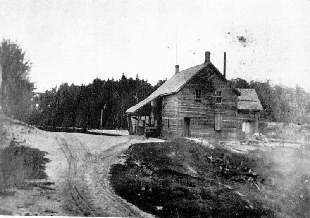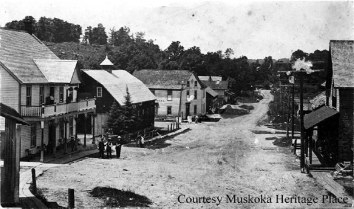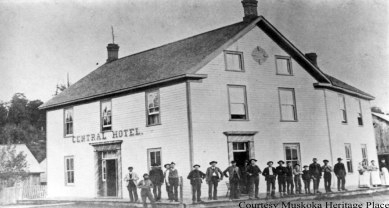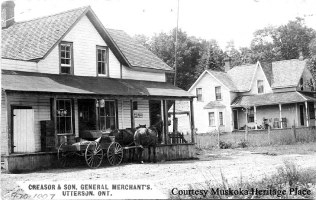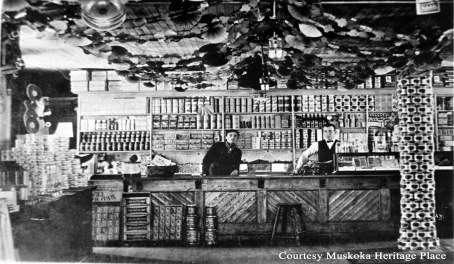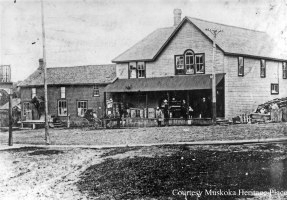“I would like to respectfully acknowledge that we are on the traditional territory of the Anishinaabeg under the terms of the Robinson-Huron Treaty #61 of 1850, and the Williams Treaties of 1923.
I am grateful to be here. I hope you are too.
We commit to acknowledge, learn, educate, create opportunity, honour sacred places, and take actions toward real Truth and Reconciliation in support of our commitment to walking the path together in respect, peace and harmony for future generations.
G’chi miigwech. Thank you very much.”
